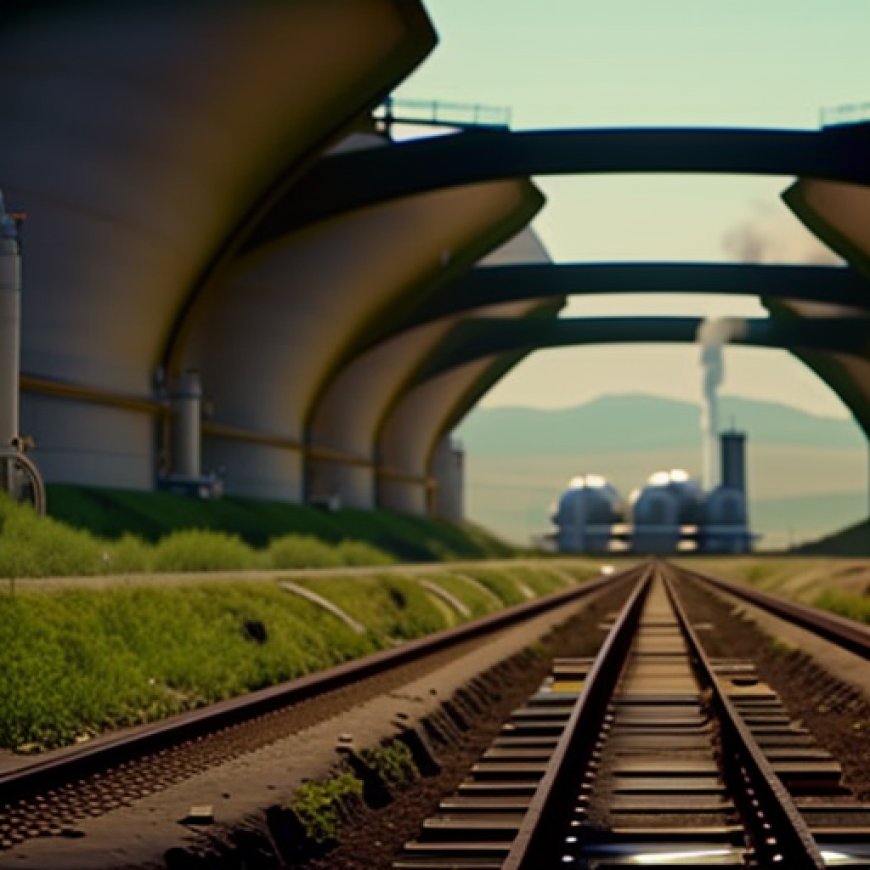Idaho Sewage Treatment Plants are not Meeting Standards


The Idaho Conservation League’s Seventh Annual Study of Idaho’s Wastewater Treatment Plants

Introduction
The Idaho Conservation League (ICL) recently conducted its seventh annual study on Idaho’s wastewater treatment plants. The study, which took place in 2023, revealed that over 58% of all sewage facilities in Idaho failed to comply with Clean Water Act standards. These standards aim to regulate the discharge of harmful bacteria, chemicals, toxic metals, and other substances.
Violations and Locations
Last year, a total of 458 violations of the Clean Water Act were reported among wastewater treatment plants in Idaho. More than half of these violations were found in just 11 facilities located in rural communities such as Preston, Driggs, and Parma.
Concrete Suggestions for Improvement
In addition to identifying violations, ICL’s report provides concrete suggestions for engaging local leaders in taking action to improve sewage treatment plants with violations. The report serves as a springboard for advocacy in the pursuit of clean water for all Idahoans.
Call to Action
ICL encourages Idahoans and local leaders residing in areas with facilities that have violations to take immediate action. They can do so by contacting their city or local government to learn more about the issue, provide feedback, and demand necessary actions to address the violations.
Continued Monitoring
ICL will continue to monitor the compliance of each wastewater treatment facility, particularly those with poor track records. This ongoing monitoring is crucial to ensure that necessary improvements are made to protect Idaho’s water resources.
Access the Full Report
To review ICL’s 2024 Wastewater Treatment Plant Report in its entirety, click here.
SDGs, Targets, and Indicators
1. SDGs addressed or connected to the issues highlighted in the article:
- SDG 6: Clean Water and Sanitation
The article discusses the failure of Idaho’s wastewater treatment plants to comply with Clean Water Act standards, which directly relates to SDG 6, which aims to ensure availability and sustainable management of water and sanitation for all.
2. Specific targets under SDG 6 based on the article’s content:
- Target 6.3: By 2030, improve water quality by reducing pollution, eliminating dumping, and minimizing release of hazardous chemicals and materials.
- Target 6.4: By 2030, substantially increase water-use efficiency across all sectors and ensure sustainable withdrawals and supply of freshwater to address water scarcity.
The article highlights the violations of the Clean Water Act, which indicates a failure to meet water quality standards. This aligns with Target 6.3, which aims to improve water quality by reducing pollution and minimizing the release of harmful substances. Additionally, the article mentions the need to improve sewage treatment plants, which relates to Target 6.4, which aims to ensure sustainable water withdrawals and supply.
3. Indicators mentioned or implied in the article:
- Number of violations of the Clean Water Act
- Percentage of sewage facilities failing to comply with Clean Water Act standards
- Number of facilities with poor track records of compliance
The article explicitly mentions the number of violations of the Clean Water Act, which can be used as an indicator to measure progress towards improving water quality. The article also states that more than 58% of sewage facilities in Idaho failed to comply with the standards, indicating the percentage of facilities failing to meet the requirements. Lastly, the article mentions tracking facilities with poor track records, implying the use of this information as an indicator to monitor compliance.
SDGs, Targets, and Indicators Table:
| SDGs | Targets | Indicators |
|---|---|---|
| SDG 6: Clean Water and Sanitation | Target 6.3: By 2030, improve water quality by reducing pollution, eliminating dumping, and minimizing release of hazardous chemicals and materials. | Number of violations of the Clean Water Act |
| SDG 6: Clean Water and Sanitation | Target 6.4: By 2030, substantially increase water-use efficiency across all sectors and ensure sustainable withdrawals and supply of freshwater to address water scarcity. | Percentage of sewage facilities failing to comply with Clean Water Act standards |
| SDG 6: Clean Water and Sanitation | Target 6.4: By 2030, substantially increase water-use efficiency across all sectors and ensure sustainable withdrawals and supply of freshwater to address water scarcity. | Number of facilities with poor track records of compliance |
Source: idahonews.com








